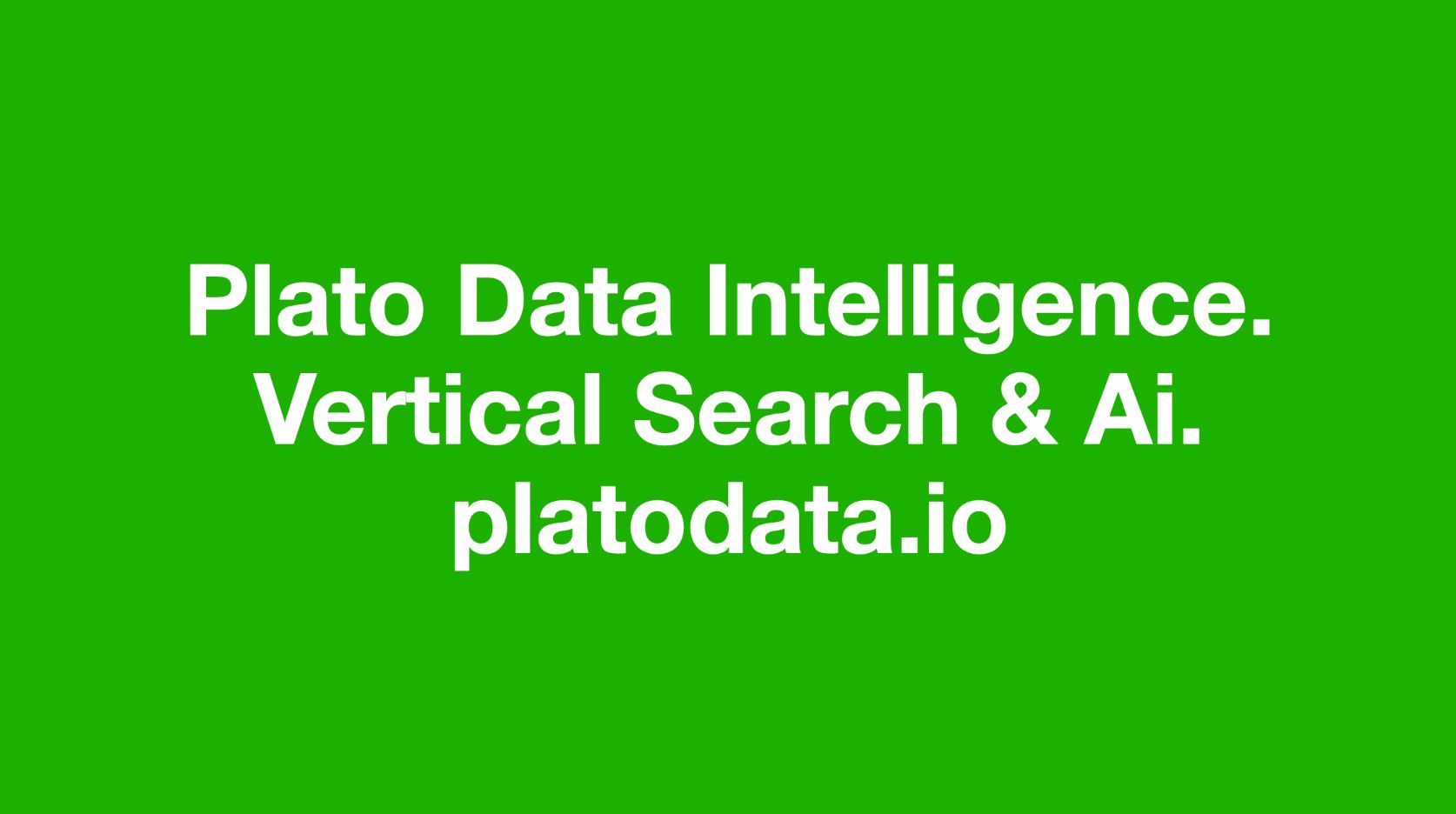How Web3 Technology Has the Potential to Transform Climate Finance
Climate change is one of the most pressing challenges of our time, and addressing it requires significant financial resources. Climate finance refers to the funding and investment needed to support projects and initiatives aimed at mitigating and adapting to climate change. However, traditional financial systems have often struggled to effectively allocate resources towards climate-related projects. This is where Web3 technology comes in, offering the potential to transform climate finance and accelerate the transition to a sustainable future.
Web3, also known as the decentralized web, is an emerging technology that builds upon the principles of blockchain and decentralization. It aims to create a more open, transparent, and user-centric internet where individuals have greater control over their data and digital assets. This technology has the potential to revolutionize various sectors, including finance, by eliminating intermediaries, reducing costs, and increasing efficiency.
One of the key ways in which Web3 technology can transform climate finance is through the use of decentralized finance (DeFi) platforms. DeFi refers to a set of financial applications built on blockchain networks that enable peer-to-peer transactions without the need for intermediaries such as banks or brokers. These platforms can facilitate the direct flow of capital between investors and climate-related projects, bypassing traditional financial institutions.
By leveraging smart contracts, which are self-executing contracts with the terms of the agreement directly written into code, DeFi platforms can automate various financial processes, such as fundraising, lending, and investing. This automation reduces administrative costs and increases transparency, making it easier for investors to track the impact of their investments in real-time. Additionally, smart contracts can ensure that funds are allocated only to projects that meet predefined sustainability criteria, thus reducing the risk of greenwashing.
Furthermore, Web3 technology can enable the tokenization of assets, including carbon credits and renewable energy certificates. Tokenization involves representing real-world assets as digital tokens on a blockchain network. This allows for fractional ownership, increased liquidity, and easier transferability of assets. By tokenizing carbon credits, for example, individuals and organizations can easily trade and offset their carbon emissions, creating a more efficient and transparent carbon market.
Another way in which Web3 technology can transform climate finance is through the use of decentralized autonomous organizations (DAOs). DAOs are organizations that are governed by smart contracts and operate without a central authority. They enable collective decision-making and resource allocation, allowing individuals to pool their resources and invest in climate-related projects collectively. DAOs can also provide a platform for community-driven initiatives, where individuals can propose and vote on projects that address specific climate challenges.
Moreover, Web3 technology can enhance the traceability and accountability of climate finance. By leveraging blockchain’s immutable and transparent nature, it becomes easier to track the flow of funds and ensure that they are used for their intended purpose. This can help prevent corruption and ensure that climate finance reaches the communities and projects that need it the most.
However, it is important to acknowledge that Web3 technology is still in its early stages of development, and there are challenges that need to be addressed. These include scalability issues, regulatory uncertainties, and the digital divide. Nevertheless, the potential of Web3 technology to transform climate finance is significant, and as the technology matures and adoption increases, we can expect to see innovative solutions that accelerate the transition to a sustainable future.
In conclusion, Web3 technology has the potential to revolutionize climate finance by leveraging decentralized finance platforms, asset tokenization, decentralized autonomous organizations, and enhanced traceability. By eliminating intermediaries, increasing transparency, and reducing costs, Web3 technology can facilitate the flow of capital towards climate-related projects more efficiently. While there are challenges to overcome, the transformative power of Web3 technology offers hope for a more sustainable future.
- SEO Powered Content & PR Distribution. Get Amplified Today.
- PlatoData.Network Vertical Generative Ai. Empower Yourself. Access Here.
- PlatoAiStream. Web3 Intelligence. Knowledge Amplified. Access Here.
- PlatoESG. Automotive / EVs, Carbon, CleanTech, Energy, Environment, Solar, Waste Management. Access Here.
- BlockOffsets. Modernizing Environmental Offset Ownership. Access Here.
- Source: Plato Data Intelligence.

